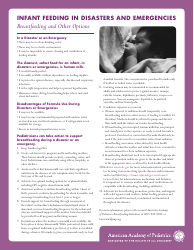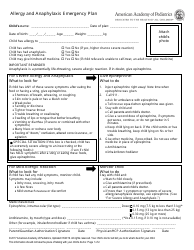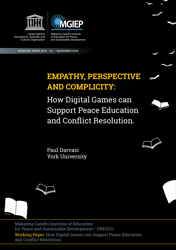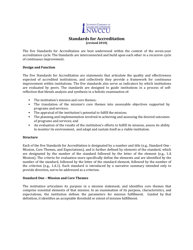A Parent's Guide to Safe Sleep - American Academy of Pediatrics
A Parent's Guide to Safe Sleep by the American Academy of Pediatrics is a resource for parents to learn about safe sleep practices for infants to reduce the risk of sudden infant death syndrome (SIDS) and other sleep-related accidents. It provides guidelines and recommendations on how to create a safe sleep environment for babies.
The American Academy of Pediatrics files the A Parent's Guide to Safe Sleep.
FAQ
Q: Why is safe sleep important for babies?
A: Safe sleep is important for babies because it reduces the risk of sleep-related deaths, such as Sudden Infant Death Syndrome (SIDS).
Q: What is Sudden Infant Death Syndrome (SIDS)?
A: Sudden Infant Death Syndrome (SIDS) is the sudden, unexplained death of a baby younger than one year old.
Q: What are the safe sleep recommendations from the American Academy of Pediatrics?
A: The safe sleep recommendations from the American Academy of Pediatrics include placing babies on their back to sleep, using a firm sleep surface, and keeping soft bedding and objects out of the sleeping area.
Q: Should babies sleep on their stomach?
A: No, babies should always be placed on their back to sleep, as it is the safest sleep position.
Q: What is a firm sleep surface?
A: A firm sleep surface refers to a crib mattress or bassinet that is firm and flat, without any soft materials or padding.
Q: What should be kept out of the sleeping area?
A: Soft bedding, such as blankets, pillows, and stuffed animals, should be kept out of the sleeping area to reduce the risk of suffocation.
Q: Can babies sleep in the same bed as their parents?
A: No, it is not recommended for babies to sleep in the same bed as their parents. They should have their own separate sleep space, such as a crib or bassinet, in the same room as the parents.
Q: Are baby monitors necessary for safe sleep?
A: Baby monitors are not necessary for safe sleep, but many parents find them helpful for monitoring their baby while they sleep.












